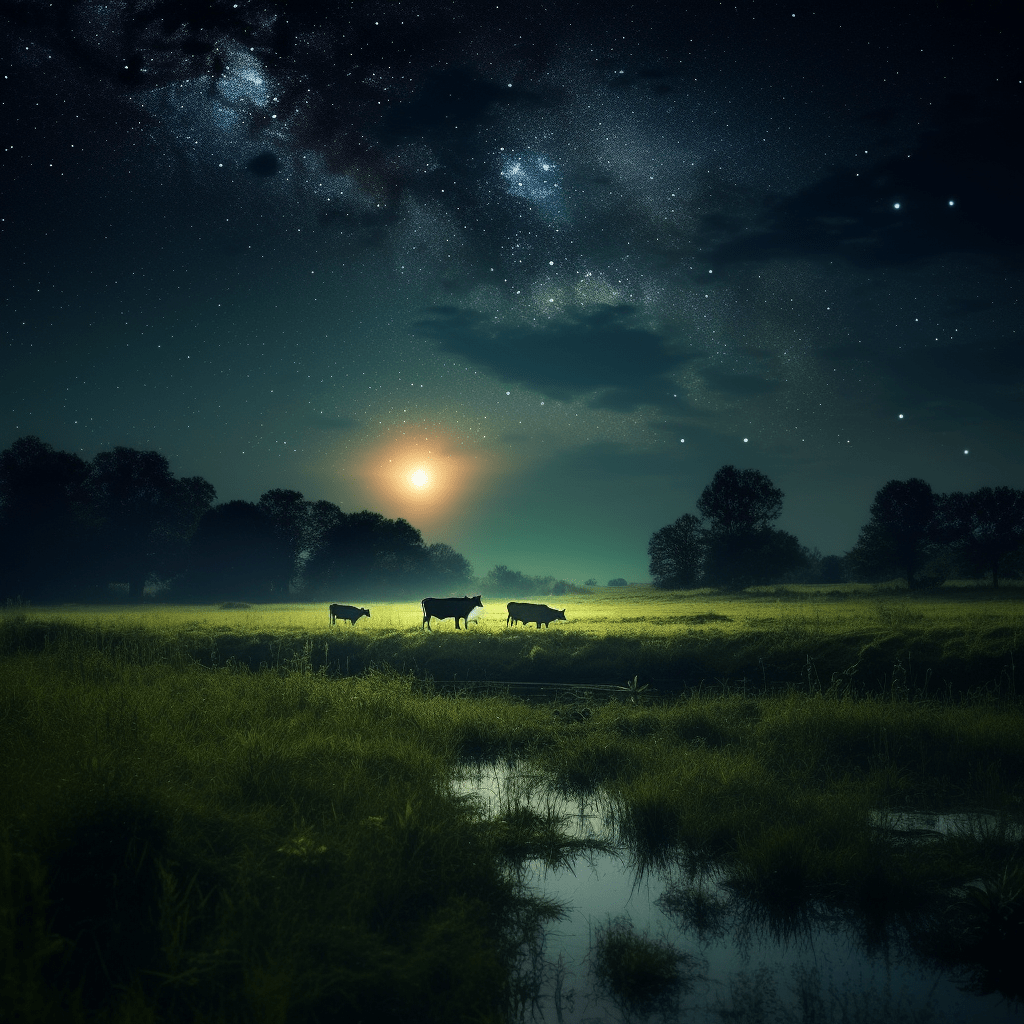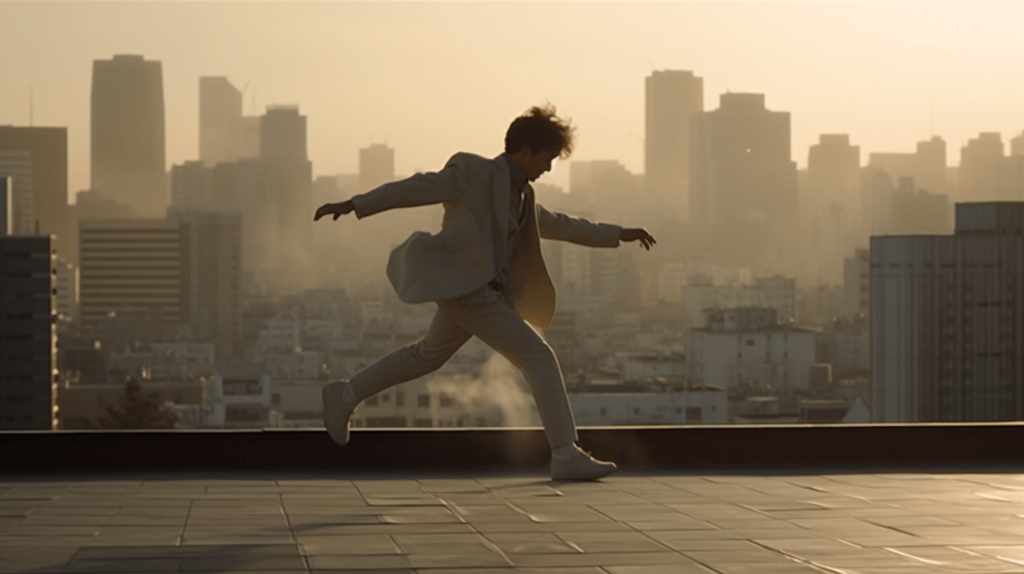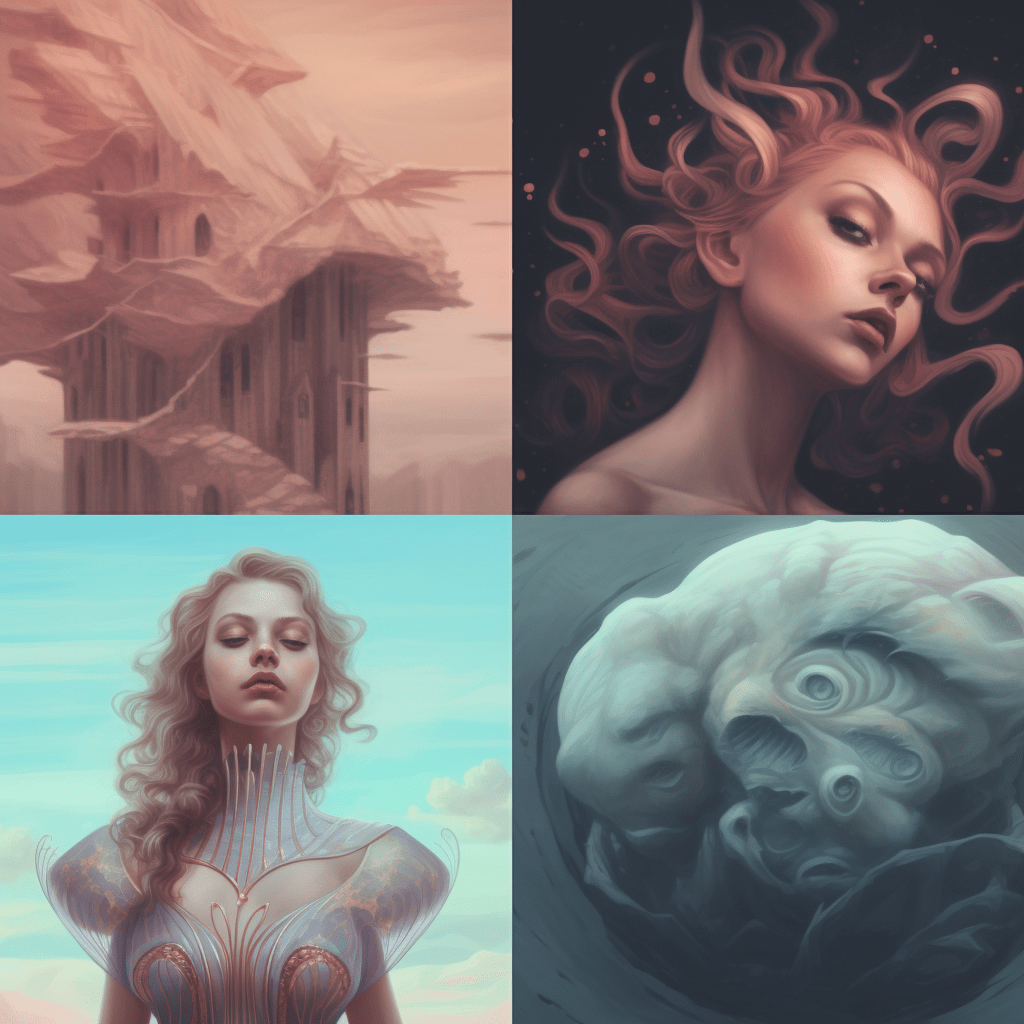In the ever-evolving world of non-fungible tokens (NFTs) and blockchain technology, staying current with the latest terminology trends is essential for both newcomers and seasoned collectors alike. This article will explore new and emerging NFT terms, helping you stay informed, confidently navigate the space, and engage in the latest conversations around digital collectibles.

Metaverse
The metaverse refers to a shared, virtual environment where users can interact with one another and digital objects in a 3D, immersive setting. NFTs, including digital art, collectibles, and virtual land, have seen increased integration with metaverse platforms, elevating their value and functionality.
*Example: Decentraland, a virtual world powered by Ethereum, where users can buy, sell, and develop virtual land, create experiences, and utilize NFTs within the platform.
Utility NFTs
Utility NFTs, unlike traditional collectibles or art-based tokens, offer additional value or functionality to the holder. These NFTs may grant access to digital events, memberships, or provide in-game items in virtual environments.
*Example: NFTs used as tickets to access exclusive virtual events or music concerts in the metaverse.
Play-to-Earn
Play-to-earn is a gaming model that rewards players with tokens or NFTs for their in-game achievements, participation, or contributions. It incentivizes players to invest time, resources, and collaboration into the game, subsequently boosting the value and utility of the in-game assets and the overall gaming economy.
*Example: Axie Infinity, a play-to-earn game featuring battle-ready creatures called Axies, which can be bred, traded, or used in battles to earn in-game rewards.
DeFi Integration

DeFi, short for decentralized finance, refers to financial activities and applications built on blockchain networks. The integration of NFTs and DeFi platforms allows for innovative use cases such as NFT-backed loans, staking, and fractional ownership.
*Example: A platform where users can use their rare or valuable NFTs as collateral for loans in cryptocurrencies, increasing the financial utility of digital assets.
DAOs and NFTs
A Decentralized Autonomous Organization (DAO) is an organization that operates autonomously through smart contracts on a blockchain. DAOs and NFTs are increasingly connected, with collaborations allowing for decentralized governance over virtual spaces or prominent NFT collections.
*Example: A DAO created to buy and manage high-profile NFT collections, with token holders voting on essential decisions like acquisitions, sales, and display options.
NFT Minting Platforms
NFT minting platforms are online services that allow users to easily create NFTs without the need for extensive technical knowledge or coding. These platforms provide accessible, user-friendly interfaces to mint NFTs, enabling more creators to enter the NFT ecosystem.
*Example: Mintbase, a platform that simplifies the process of minting both ERC-721 and ERC-1155 tokens on the Ethereum network.
Tokenized Physical Objects
Tokenized physical objects are real-world assets that have been digitized and represented as NFTs on a blockchain, providing a way to verify ownership, authenticity, and provenance. This process connects the physical and digital worlds, expanding the potential applications of NFT technology.
*Example: A real-world piece of art comes with an accompanying NFT, verifying its authenticity and ownership, and connecting the physical artwork to the digital realm.
Cross-Chain and Multi-Chain NFTs

Cross-chain and multi-chain NFTs are tokens that can be traded, transferred, or utilized across different blockchain networks. This interoperability enhances the flexibility and potential value of NFTs, making them more appealing to collectors and creators.
*Example: An NFT project that allows users to mint, trade, or transfer its tokens on multiple blockchain networks, offering increased accessibility and functionality.
In conclusion, staying up-to-date with the latest NFT terminology trends is crucial for anyone involved in the rapidly evolving world of digital art and collectibles. This guide sheds light on the newest terms and concepts, helping you keep informed and ready for the future of the non-fungible token landscape.
